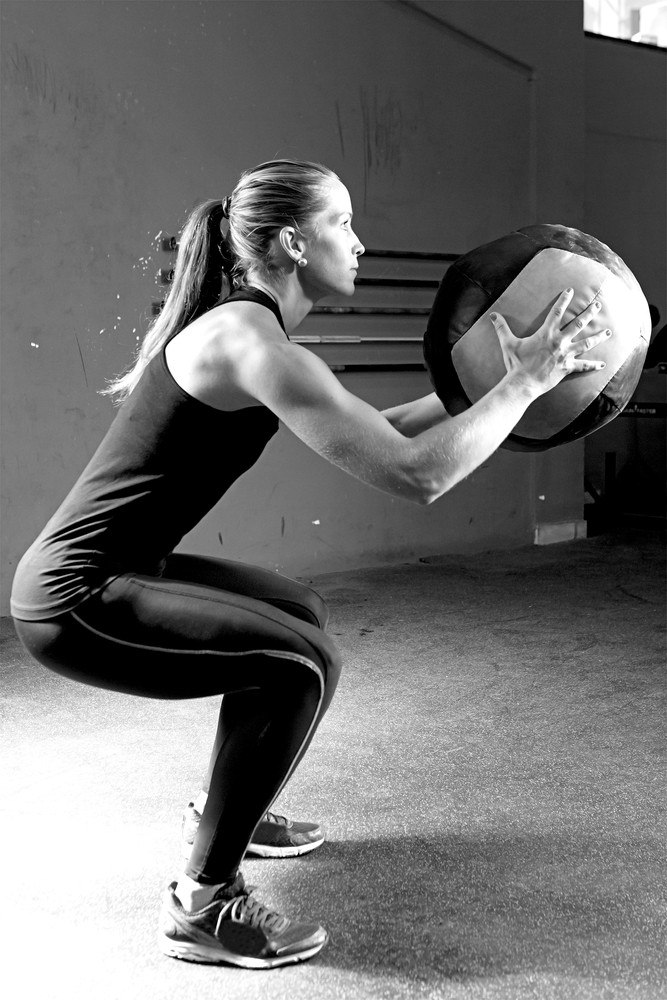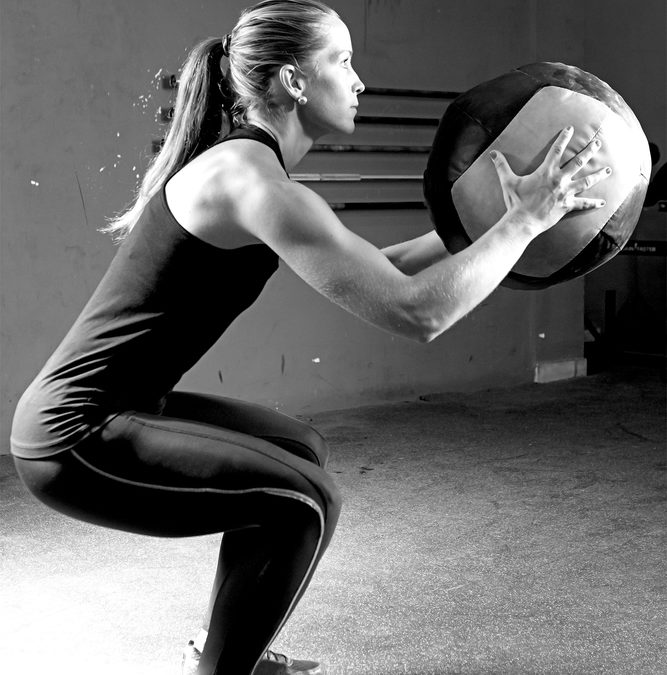How To Mobilize Your Pelvic Floor After Your High-Impact Workout
This is my first year taking part in the CrossFit Open. I had joined CrossFit a year ago and it was the energy of the CrossFit Open I found inspiring.
After the traumatic birth of my third baby, I wanted to feel strong.
CrossFit has given that to me.
When I first joined, the CrossFit Open was taking place, however, I could barely do a burpee. It was best I sit it out without feeling like I was going to split in 2 at my c-section incision.
This year was a no brainer. I had a year to train, my body is strong and the only mental block is the stories I sometimes tell myself. But I am going into this strong, capable and resilient I am.
At 16 months postpartum and I’m in charge.
If you’re pregnant or postpartum, you don’t necessarily have to bow out of the CrossFit Open. There are a ton of scaling options to suit all fitness levels. Trust me, scaling doesn’t mean easy.
In Strength And Lady Parts, my 12-week online training program, you will learn how to train, even with leaking during workouts, pelvic organ prolapse (feeling like something is bulging or falling out of your lady parts), and pelvic/hip pain.
There is no need to give up on your high-intensity training like CrossFit. Strength And Lady Parts gives you proven strategies to train hard while training your pelvic floor to manage the impact.
After your workout is complete, you may be told to take some time to foam roll to help mobilize your worked muscles.
I’m going to show you the same concept for your pelvic floor. Your pelvic floor is like any other muscle in your body. It needs to contract and relax (I use ‘open’ instead of relaxing when

However, learning to open your pelvic floor allowing it to relax after a strenuous workout, like the ones in the CrossFit Open, you will be improving pelvic health symptoms like:
- Stress urinary incontinence
- Low back and hip pain
- Pelvic organ prolapse (When one or more of your pelvic organs bulge through your vagina)
When your pelvic floor is able to move well, it provides better support to your pelvic organs maintaining continence and improves mobility.
Stress urinary incontinence (SUI) can be managed. Yes, you don’t have to let peeing your pants hold you back. In Find Your Pee Free Zone, you will learn strategies to help you manage these pelvic floor symptoms.
How To Mobilize Your Pelvic Floor
Focus on your diaphragmatic breathing. This allows for your pelvic floor to move with your diaphragm as one unit. It also is the first step in managing your pelvic health symptoms by regulating intraabdominal pressure (air in your belly).
To perform
- Lay on your back with your feet flat on the floor and knees pointing to the ceiling
- Make sure there is a gap between your lower back and the floor
- Inhale through your nose, expanding through your rib cage and exhale out your mouth like you’re blowing through a straw.
- Imagine every muscle relaxing and your vagina opening on every exhale
- Repeat for one minute.
Taking a couple of minutes post-workout can make a massive difference in how your pelvic floor functions. Allowing yourself to recover through breathing will also help to come down from the stress placed on your body during the workout, helping oxygen flow through your muscles.
Opening the pelvis is also a great way to help your pelvic floor open and relax. Here is a sequence I use with my clients who are pregnant, postpartum and managing their pelvic health symptoms. Be sure to use your diaphragmatic breath along with each of these openers.
Rig Supported Deep Squat. You may see this in your warm-ups if its a heavy kinda squat day. But performing these after your workout as
Psoas Release. You may know this as your hip flexors. This muscle group tends to become tight in everyday life from sitting at your desk (no judgment, I sit at a desk quite a bit as well) to carrying children for an extended period. Hold for 30-60 seconds..
Supine Clam. Laying on your back take the weight off your lower body allowing you go into complete relaxation mode as well as opening the muscles in your pelvis. Hold for 30-60 seconds.
Glute Foam Roll. You’d be surprised with how tight you but becomes, limiting your pelvic mobility as well as allowing your pelvic floor to relax. Find the spot where you feel tension (this won’t feel pleasant) and gently roll until the tension lessens.
We don’t often think about mobilizing our pelvic floor after an intensive workout because the awareness isn’t there. It wasn’t until my first visit to a pelvic health PT 4 years ago, I learned how these intricate muscles functioned and how to use them.
However, not knowing about pelvic health is leaving women confused about their symptoms during and post-pregnancy. Most, brush these symptoms off as normal, never realizing they don’t have to deal spending their workouts running to the bathroom or leaking on the gym floor.
Spending a few minutes opening your pelvic floor after any high-impact workout, not just high-impact workouts will not only improve your overall pelvic mobility, but will improve your overall performance as well.
If you like this post pass it along. If I missed something you want to add your two cents, leave your thoughts in the comments and lets discuss.
If you’ve given birth within the last year, looking to get into high-intensity training like CrossFit, and want to manage your pelvic health, Strength And Lady Parts, my 12-week online training plan will get you there. Manage leaks successfully and get back to your preferred method of training sooner than your think. Tap here to learn more.
Ciao friend,
Terrell
Ready to maximize your postpartum fitness goals? Get my favourite training strategies in Your Handy Lady Parts Handbook: 5 Considerations All Women Need When It Comes To Fitness And Their Vagina. You will learn to minimize, manage, and prevent pelvic floor dysfunctions like prolapse, and improve lifting power in both pregnancy and postpartum.


